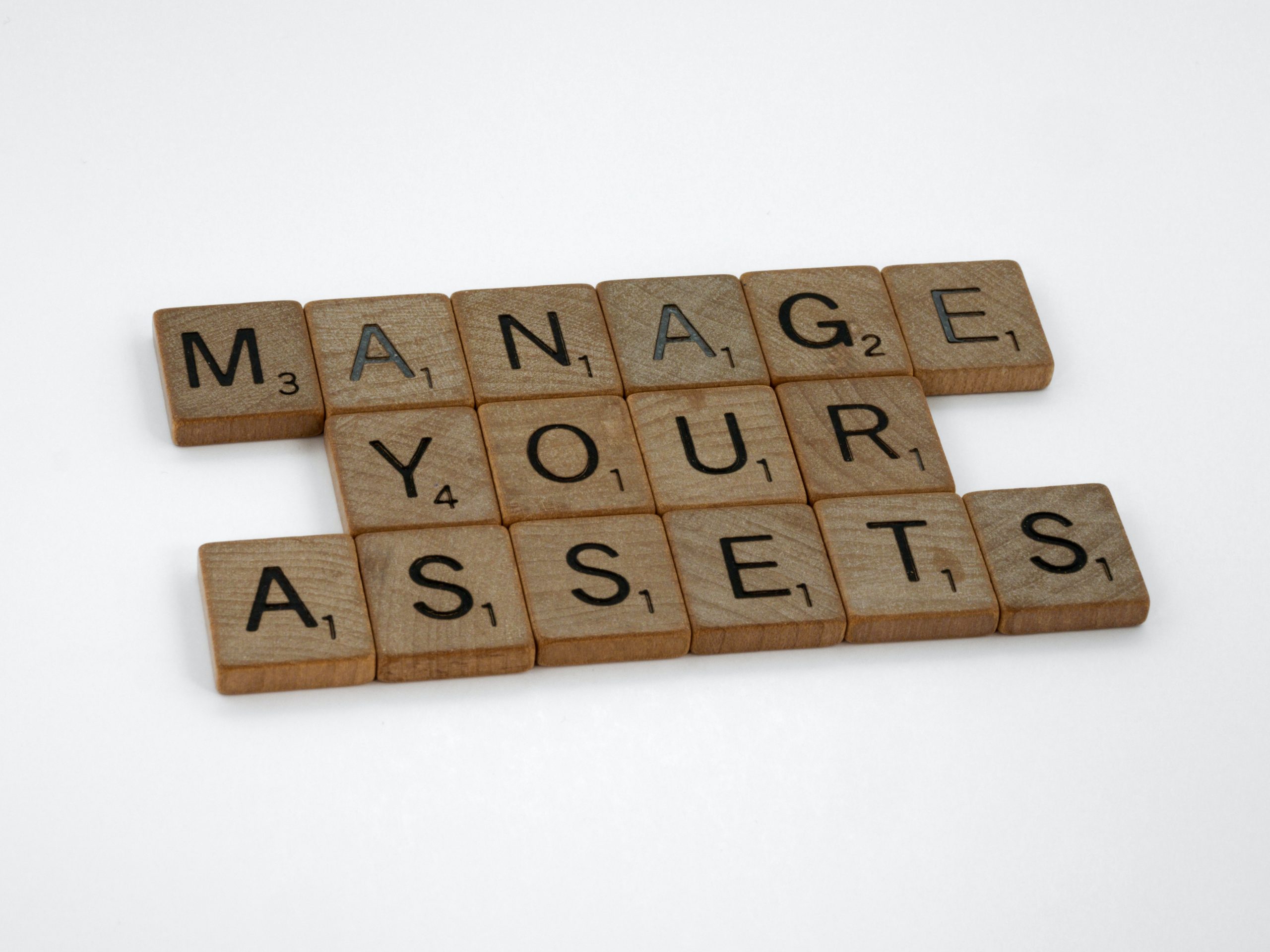The main components of any business are its Assets and Liabilities.
The purpose of these two elements is to extend the life of the business. In this post we will break down what Assets and Liabilities are in a way that is very easy to comprehend.
You remember when you were in basic school and based on accounting principles you were taught that Assets are items or elements that provide future benefits to the business while Liabilities are items or elements that organizations are obligated to pay off in a near or distant future? Well that is very correct.
Let’s get more information on them now, shall we?
What are Assets?
In basic terms, Assets are things that continually put money in your pocket for a period of time. An example will be when an organization invests in a portfolio or instrument(s) that give them value of about 5 years. This simply means that they have put money into something that would keep giving them returns for the next 5 years. It is that simple.
There are different types of assets however, in order to understand how assets work, it is important that you know the different types.
Types of Assets
- Current Assets
- Non-Current Assets
- Tangible Assets
- Intangible Assets
What are Liabilities?
Liabilities are simply obligations that take money out from your pocket. An example is the case of an organization that takes money from shareholders to run businesses and have them earn profit so they can return to the investors. In a situation whereby they run out of cash in the process and go out to borrow loans to meet up with the deadline for repaying investors, the money borrowed in this case is a liability for the organization.
As an individual, if you occupied a space, could be office or home space, and you are yet to pay for the rent of that space, the rent you owe is called a liability.
Note that Liabilities are not exactly expenses. Read more here.
Types of Liabilities
There are two main types of liabilities, let’s briefly look at them.
- Current Liabilities
- Long-Term Liabilities
Assets and Liabilities are core principles to understand when it comes to business and finance and we hope that this post has helped to simplify these terms well enough.
We have a collection of educative and informative posts for you, ranging from finance, to business as well as investments and many others. Click here to see them.
Was this post informative?
Share your thoughts!

